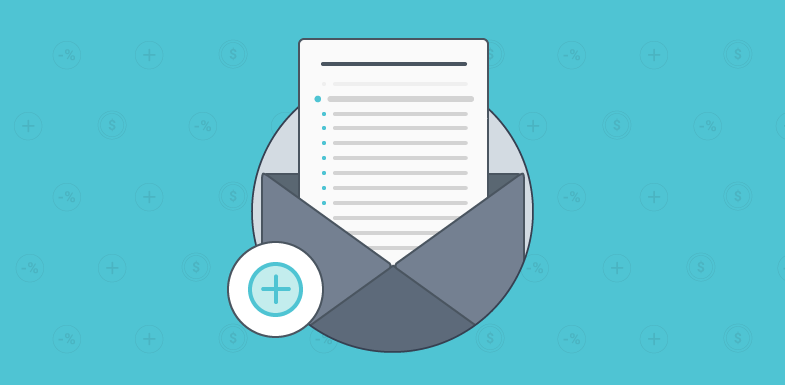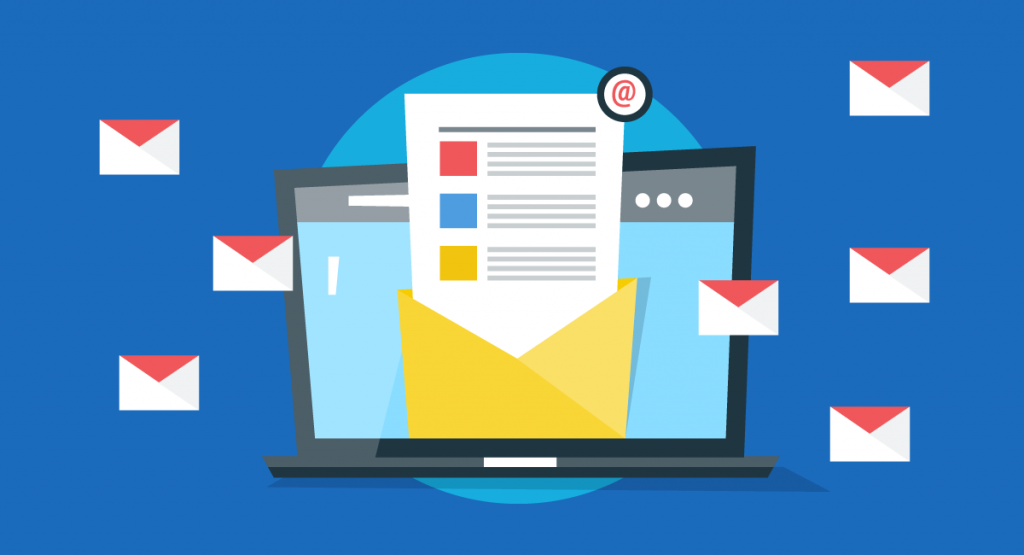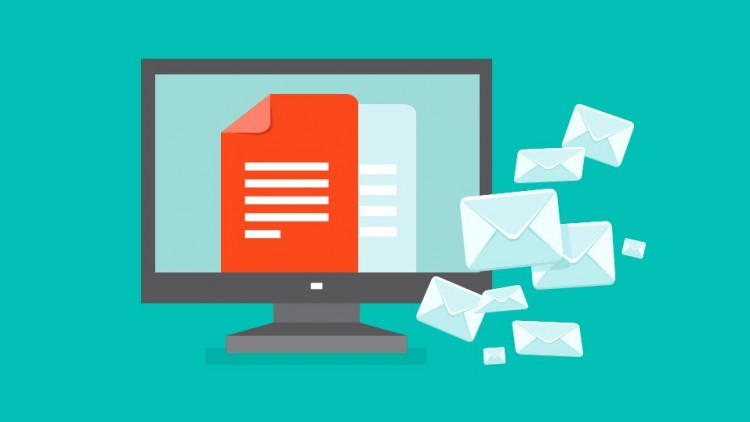Building an Email List From Scratch
Whenever a newbie hears someone say, “The money’s in the list,” it feels intimidating and exhilarating all at once. They want so badly to experience the joy of sending out a single email and seeing sales pour in, but they don’t know how to start their list building endeavors.

For most marketers, time slips away and because they kept saying, “Someday I’ll build a list,” someday never comes. That results in a struggle each time they have something to promote or release because they have to find buyers.
When you have an email subscriber list, you have a built in stable of interested customers and prospects – and they can convert for you, promote for you, and give you tips on what needs to be improved.
What Constitutes a Great Offer?
Obviously, the value of the freebie is what will impress your audience. This needs to be something that your audience is searching for. There are two ways you can present the offer.
You can do a series or give access to something right off the bat. With an email series, the recipient of the emails expects to hear from you once a day or once a week – however you promote it, such as, “Subscribe and Get a FREE Weekly Cooking Lesson Delivered to Your Inbox!”
A series can go on as long as you want it to – indefinitely – or for a set timespan, like a one-week series (which would deliver daily), or a 6-week series, which would deliver weekly for six weeks.

You can also promote your subscriber freebie as access to a free course. You can compile a PDF file, give them access to a podcast download, or send them a series of videos.
You can also give them the ability to sign up for a free membership area. Even limited membership access could be a perk, and if you have a paid area, you might find that giving them a sneak peek helps convert them into customers for you.
Before you create anything, look for topics that your niche needs. You can use the following strategies to search for ideas:
- Search in niche forums.
- Use a tool like Ubersuggest.org.
- Go off of what your blog readers have asked you about in your comments section. You can also read the comments of your competitors’ blogs.
- Look in niche magazine to see what’s hot.
- Use sites like Yahoo Answers to see what people are asking.
- Look for competitive courses that are for sale, and create your own for FREE.
And of course you can always just come right out and ask people what they need.
Set Up a Proper Autoresponder System
Setting up a good email autoresponder system is important because it helps you build your list right from the very beginning. Some people go the free route because they worry that their list won’t build or convert for them, and they want a return on their investment.
The problem is, you eventually have to transfer your list to a paid model with more capabilities and no intrusive advertisements that you’ll have to compete with when you email from a free autoresponder.

Many marketers choose to use Aweber. This tool is affordable when you pay for it, but the first month has a nice $1 trial fee and it’s just $19 a month after that if you decide to continue on with it.
Aweber is also one of the preferred autoresponders because of the vast number of tutorials they provide, along with a simple, step-by-step walk-through with prompts when you’re setting up your system.
You’ll want to have a squeeze page in place for building your list. You can do this right on your home domain, and place your blog at yourdomain.com.blog if you want to.
The squeeze page should have a nice graphic presentation. Everything should be above the fold, so that no scrolling is necessary. You want to have one main headline and one or two sub-headlines on the page.
Directly across from the opt in form, you can either have a list of bulletpoints or a built in video that encourages people to sign up for your freebie. You want this to be short, yet create a sense of urgency about how they can’t wait another day to get started.
The opt in form shouldn’t be complicated. It should match your site graphics and simply ask for a name and email address. If you start asking for phone numbers and more, you’ll lose subscribers quickly.
You also want an opt in on the main blog home page of your site. That way, if someone lands on yourdomain.com/blog, they’ll see an opt in form up in the sidebar above the fold of your site.
If they click through or enter your site on a specific blog post or page, you also want them to see an opt in form below each entry. This is perfect because if they’re reading and scrolling, they may not remember to back up to the top of the page after they’re finished.
Drive Traffic to Your Opt in Form
Twitter is one social marketing site that helps you build a list quickly. It doesn’t require much of an investment in time – and it’s free. You have 140 characters to work with, so test different headlines to get people to click through and sign up.
Article marketing still works well. Some people worried about recent Google algorithm changes and whether or not the directories would be able to compete. But like other sites, they simply adjusted their business model, cleaned up what Google disliked, and they’re back on the road to recovery.

Forum sig files are good for getting people to sign up to your list. Don’t be vague – get specific. For example, people are more likely to sign up for a sig file that says, “Download my FREE report that shows exactly how I increased my Amazon earnings by 800% in just 4 weeks!”
That’s much better than a sig file that states, “Download my FREE report that shares a money making tip with you.” People get excited when you’re specific – but test your sig file to see what works best for you.
Solo ads are a paid option you can use, but they’re effective. Solo advertisements are basically when you rent someone else’s list temporarily. They can be low cost or very expensive.
The bigger the list, and the more responsive it is, the more it will cost you. You don’t want to throw money to the wind, so check out the list first and see whether it suits your needs.
Google Plus is another social networking site you can use to drive traffic to your email subscriber form. Post as much or as little as you want, and include videos and text.
You can even conduct live hangout sessions where you personally interact with your core audience online and allow them to ask you questions. This helps you build a reputation as a leader in your niche, and it makes people want to follow your links, so expose your squeeze page to this audience.
Web 2.0 sites are still working for many niches. Of course, sites like Medium and Hub Pages have clamped down on spammy marketers, so you have to be very careful and don’t be overly promotional.
Facebook can work for you on both a free and paid basis. You can use a personal profile, a fan page or group page to promote your opt in pages and offers.
After posting them, decide whether or not you want to pay to have the post seen by more people in your target audience. They have a great tracking system that shows you what kind of interaction your paid ad generated.
Blog comments work well, but only if you’re a regular participant, not spamming your own links, and you’re mindful that you’re in someone else’s house, not on your own domain.
Best Practices for Email Communications
As your list grows, you have to keep people subscribed. You don’t want them leaving after just a day or two – or even a month or a year. You want them to be long-term subscribers.
That means you have to “treat your list like gold,” as so many successful marketers say year after year. And they’re right! Consumers talk, and the way you treat them will come up in conversations around the web.
Different people have different ideas as to what annoys them or what they’re looking for. For example, some people hold the frequency of communication to be one of the most important issues.
They don’t like receiving daily emails. So for those people, you need to give them the option to sign up to a weekly digest option so that they can maintain interest, but keep their email inbox free.
Frequency can be whatever you want it to be. If you don’t email often enough, your list will forget who you are and why you’re contacting them, which can be a problem.

Try to find that fine balance, which can be a couple of times a week, depending on your list and its purpose, in addition to what you promised them when they opted into your list initially.
There are two different kinds of emails you can send – broadcast emails and follow up emails. Broadcast emails are blasted out to your list(s) one time. That means if someone signs up a week from today, they won’t ever get that email, so if there’s something you want all of your subscribers to get, make sure you don’t broadcast it.
Follow up emails are where you’ll put your series emails in. So if you promise a 7-day course, you would create 7 follow up emails that get drip fed to your subscribers once a day for a week.
The problem with follow up emails is if you do a mix of those and broadcast emails. This can mean your subscriber actually hears from you more than once a day, and this can anger many of them and cause them to unsubscribe.
You should never email just to send something out. Email when you have something important to say, a notification about a sale, or something else they might need.
Never sell or rent your list to others unless you have strict guidelines about this. Some marketers build up a big list and then give other marketers access to it for a fee.
Keep in mind that your reputation is on the line if the other marketer convinces them to buy something shoddy. You’re the one giving them access to it. Other subscribers will just be angry with you, period – for sharing their email address with someone they didn’t sign up to hear from in the first place!
Be very selective if you allow solo ads to be dispersed to your audience. And let your readers know that you’re allowing this but that you are not personally endorsing the products being promoted to them.
When it comes to your own product promotions, you have to learn how to provide value and not come across as a spammer yourself. Even if they appreciated your initial free giveaway, if you start spamming them with offers all the time, and providing very little true value, you’ll see hordes of subscribers leaving you for good.
Not only that, but they’ll warn others to stay away. If someone mentions your name, they’ll say, “That person spammed me all the time, so I unsubscribed.” That’s not a reputation you want to gain.
Building a list from scratch is mostly about sharing value. But it’s also about getting traffic to your list and treating them in a way that helps you retain your subscribers and get them to convert high for you when the time comes.
